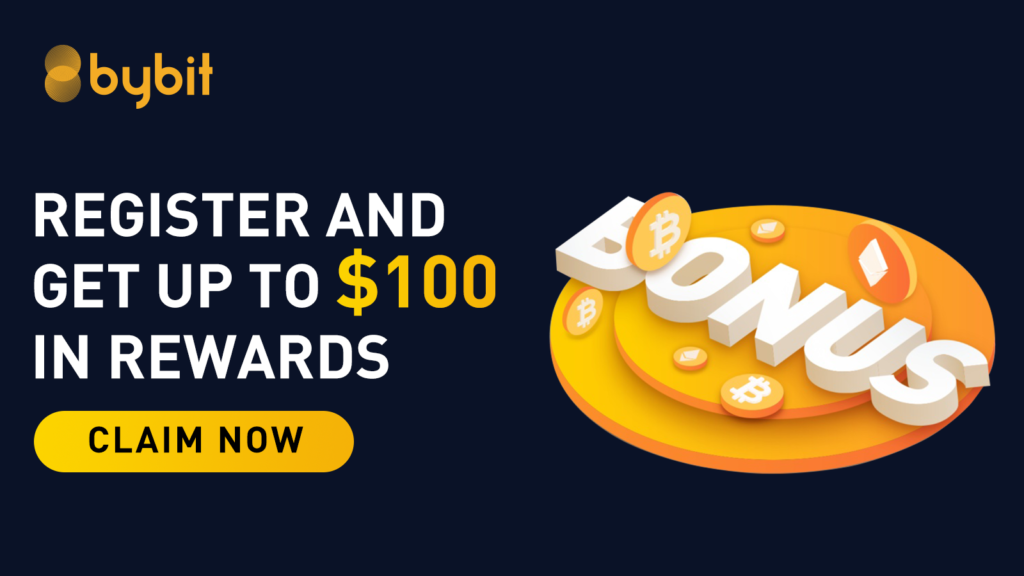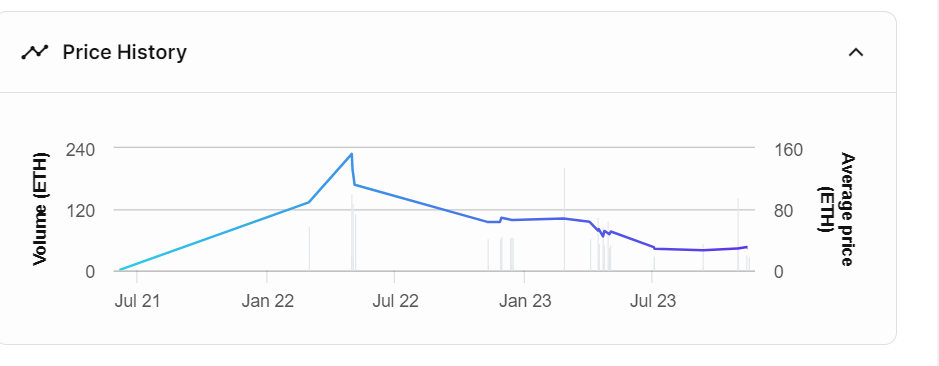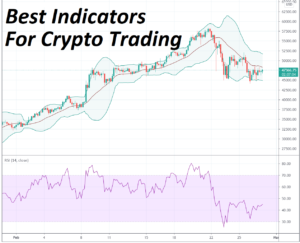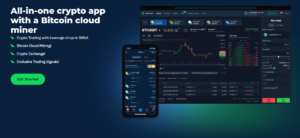The way we interact with digital assets and collectibles has revolutionized due to the advent of non-fungible tokens (NFTs). Unique digital tokens called NFTs, which are kept on a blockchain, are becoming a valuable tool for creators, artists, and collectors. They provide a way to prove ownership, validity, and value attribution in the digital space. Nonetheless, assessing the worth of an NFT can be a difficult undertaking given the wide range of NFT initiatives and the always changing market environment.
We delve into the complexities of NFT valuation in this tutorial, examining the major variables that affect an NFT’s value and offering helpful advice for making wise investment choices. Irrespective of your level of experience, this thorough introduction will provide you with the information and resources necessary to successfully navigate the ever-changing landscape of NFT valuation.
It’s essential to comprehend the underlying ideas of NFT value generation before starting the process of NFT valuation. NFTs are valuable because of a mix of innate qualities, market forces, and community involvement.
Evaluate NFT Rarity
Rarity in the context of NFTs refers to the uniqueness or scarcity of a particular digital asset in a collection or blockchain. Limited-edition NFTs with unique attributes are considered rarer and fetch greater costs since collectors are more interested in them.
Factors Affecting NFT Rarity
Various elements contribute to the rarity of an NFT:
Total Supply
The overall quantity of NFTs within a collection plays a pivotal role in determining rarity. Collections featuring limited editions or finite supplies tend to yield NFTs with greater rarity.
Trait Rarity
The presence of unique traits or attributes within an NFT amplifies its rarity. NFTs showcasing rare combinations of traits or possessing distinctive characteristics are deemed more valuable.

Random Minting
In certain NFT collections, the random minting of tokens leads to an uneven distribution of traits. This randomness fosters the creation of rare NFTs with less common or highly sought-after trait combinations.
Artist or Creator
The apparent rarity of an NFT may be influenced by the standing and stature of the originator or artist connected to it. NFTs associated with well-known artists or well-known businesses can have greater status and appeal to discriminating collectors.

Utility of NFT
Utility has become a game-changing element in the ever-changing world of non-fungible tokens (NFTs), expanding the potential applications and value propositions of these digital assets far beyond their traditional use as collectibles. Historically, unique digital tokens called NFTs that are stored on a blockchain have been associated with artwork, collectibles, and in-game merchandise. But with the addition of NFT utility, a new era has begun, where these tokens can now serve as passes to private areas, keys to unique experiences, and active contributors to creative projects.
Breaking Down the Concept of NFT Utility
NFT utility describes the useful features or applications that are built into an NFT, going beyond its status as a collectible to something that provides real advantages. Beyond their aesthetic appeal, utility NFTs offer practical uses and benefits. They are made with specific goals in mind.
NFT utility comes in a variety of shapes, and each offers holders unique benefits:
Access to Exclusive Content or Experiences
NFTs serve as digital passes that allow access to private events, performances, or web content. They also provide access to gated neighborhoods, which makes holders feel exclusive and united.
In-Game Assets and Functionality
NFTs are virtual properties that give players exclusive benefits and customizability. These assets can be virtual real estate, characters, weaponry, or other elements found in gaming ecosystems.
Loyalty Rewards and Membership Programs
NFTs function as membership or loyalty cards and grant their holders access to specialized services, exclusive discounts, and prizes.
Governance and Voting Rights
NFTs grant holders governance rights, enabling them to take part in the decision-making process and have an impact on how projects or communities develop.
Tokenization of Real-World Assets
Real estate, artwork, and collectibles can all be represented by NFTs, which provide a safe and dependable way to transfer ownership.
NFT Community
Communities play an important role as designers in the ever-changing world of non-fungible tokens (NFTs), influencing the worth, perception, and long-term success of NFT initiatives. NFT communities foster a common sense of purpose, community, and stewardship that extends beyond the technological and financial spheres and drives the growth and durability of NFT ecosystems.
Examining the Fundamentals of NFT Communities
NFT communities are made up of people who are committed to advancing and prospering the project, have a shared interest in certain NFT projects, and exchange values. These online communities bring together individuals from all walks of life together by a shared interest for digital content, regardless of where they live.
Important Foundations for Developing NFT Communities
The formation and success of NFT communities are facilitated by a number of key components:
Shared Passion and Vision
The cornerstone, which gives community members a sense of direction and unity, is a strong bond rooted in a mutual enthusiasm for the NFT project and a shared outlook for its future.
Open Communication and Collaboration
A lively and knowledgeable community is fostered by efficient channels and platforms for communication, which make it easier for members of the community to engage, collaborate, and share knowledge..
Diverse Perspectives and Expertise
Diverse origins, experiences, and areas of expertise within a community enhance the group’s understanding and problem-solving skills by offering a more expansive and all-encompassing viewpoint.
Collective Ownership and Empowerment
NFT communities foster a sense of shared ownership by actively including members in participation and decision-making processes. This gives them the ability to influence the project’s direction and expansion.
Mutual Support and Networking
NFT communities foster a friendly atmosphere where participants may openly share ideas, ask for advice, and establish deep connections—all of which serve to foster a sense of unity and cooperation.
Provenance of NFTs
Provenance plays a crucial role in maintaining the validity, building confidence, and protecting the value of non-fungible tokens (NFTs) in the dynamic world of NFTs. In the context of NFTs, provenance refers to the authenticated history of an NFT’s creation and ownership, providing a clear chain of custody from the NFT’s creation to its current holder.
Recognizing the Importance of NFT Provenance
Within the NFT ecosystem, NFT provenance becomes a vital element that acts as a defense against fraud, scams, and counterfeiting. Provenance provides purchasers with a transparent and verifiable ownership record, allowing them to purchase original NFTs with confidence and avoid unauthorised clones.
Components of NFT Provenance
Original Creator
To verify the NFT’s legitimacy and make sure it isn’t a copy or imitation, it is essential to determine who the original creator was.
Ownership History
A clear record of possession is established by following the chain of ownership from the original originator to the current holder, confirming the legal transfer of ownership rights.

Transaction Records
Any attempts to alter the ownership history are thwarted by the incontrovertible evidence of ownership transfers provided by timestamp-tagged transaction records on the blockchain, where the NFT is stored.
Metadata
The NFT’s associated metadata, such as its creation date, description, and distinctive qualities, helps to confirm its legitimacy and set it apart from other NFTs that are in use..
Understand NFT Social Proof
Social proof has become a powerful force in the ever-changing world of non-fungible tokens (NFTs), influencing investor choices, changing market dynamics, and accelerating the success of NFT initiatives. In the context of NFTs, social proof refers to the general consensus about the worth and attractiveness of an NFT, which is influenced by the beliefs, behaviors, and support of the larger community.
Impact of NFT Social Proof
In order to influence consumer behavior and decision-making processes, social proof is essential. People are highly influenced to view a particular NFT as important and desirable when they witness its popularity, favorable reviews, or endorsements by prominent personalities. Consequently, this leads to increased demand and higher pricing.
Key Contributors to NFT Social Proof
Media Coverage and Hype
Good press, social media buzz, and mainstream media coverage can all contribute to generating a lot of hype about an NFT initiative, drawing interest and influencing public opinion.
Influencer Endorsements
Celebrity, artistic, or other well-known endorsements within the NFT community carry a lot of weight and increase the appeal and social proof of an NFT.
Community Engagement and Support
A strong and involved community that is characterized by passion, active involvement, and a common goal surrounds an NFT initiative, which increases its social proof and appeal to potential purchasers.
Secondary Market Activity
Strong demand in secondary markets, rising prices, and heavy trading activity are all visible indicators of an NFT’s worth and popularity. These elements function as gauges of the perceived value and desirability of an NFT.
Market Dynamics of NFTs
Market dynamics play a crucial role in determining the value, demand, and general direction of non-fungible tokens (NFTs), a constantly changing and dynamic space. To make wise decisions and negotiate the complexities of this quickly growing ecosystem, investors, collectors, and project creators must have a thorough awareness of the factors that are driving the NFT market.
Primary Drivers of NFT Market Dynamics
Supply and Demand
The fundamental law of supply and demand plays a major role in setting NFT prices. Prices can rise when there is a limited supply and strong demand, but prices can fall when there is an abundance of supply or declining demand.

Utility and Innovation
The value of NFTs is largely dependent on how useful they are thought to be and how creatively they might be used. NFTs with unique use cases or ground-breaking applications are more likely to be in high demand and fetch high prices.
Community Engagement
An NFT community’s strength and degree of engagement has a significant impact on how well it performs in the market. A vibrant and encouraging community can increase demand, add value to the project, and make the NFTs more desirable overall.
Influencer Endorsements and Hype
Endorsements from celebrities, artists, or influential figures within the NFT space have the power to generate substantial hype, driving demand for specific NFTs.
Media Coverage and Public Perception
Positive media coverage, favorable reviews, and mainstream recognition contribute to the social proof of an NFT project, amplifying its desirability and potentially propelling prices upwards.
Macroeconomic Trends
The NFT market is also impacted by broader economic circumstances and the general mood of the market. While bearish tendencies may lead to price corrections and a decrease in trading activity, bullish market phases may promote risk-taking and boost demand for NFTs.
Conclusion
A comprehensive grasp of a variety of elements, from community involvement and market dynamics to rarity and utility, is necessary to assess the worth of an NFT. You may improve your chances of making wise investment decisions by including these factors into your process of thought and keeping up with the always changing NFT landscape. There is no assurance that any NFT will hold its value over time, thus it is crucial to recognize the inherent risks and the market’s volatility.




